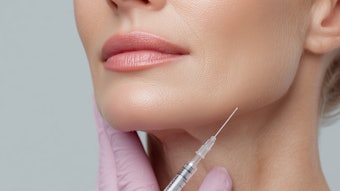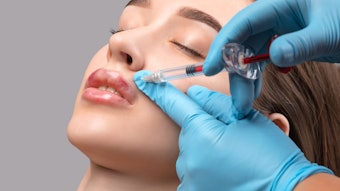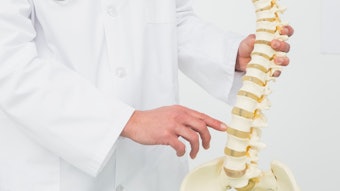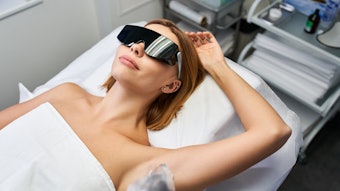
Researchers conducted a double-blind, split-body, placebo-controlled study to evaluate the safety and efficacy of poly-l-lactic acid (PLLA) for treatment of upper knee skin laxity. The results of this study were published in the Journal of Dermatologic Surgery.
The study enrolled 20 female patients (aged 30-65) with upper knee laxity. The patients were randomized to receive three treatments of PLLA in one knee and three treatments of bacteriostatic water in the other knee.
After final treatment in the active knee (on day 56), statistically significant improvement as rated on the physician global aesthetic improvement scale was recorded in comparison to the placebo knee. This improvement was sustained at day 84 and day 168 after final treatment visits.
Patient assessed outcomes using the subject global aesthetic improvement scale and subject satisfaction scaled showed no statistically significant difference between the active and placebo knee.
The researchers concluded that PLLA may be a safe and effective modality in addressing upper knee skin laxity, but larger studies with longer follow-up times and a validated knee laxity scale are needed to further determine how much improvement can be achieved.











